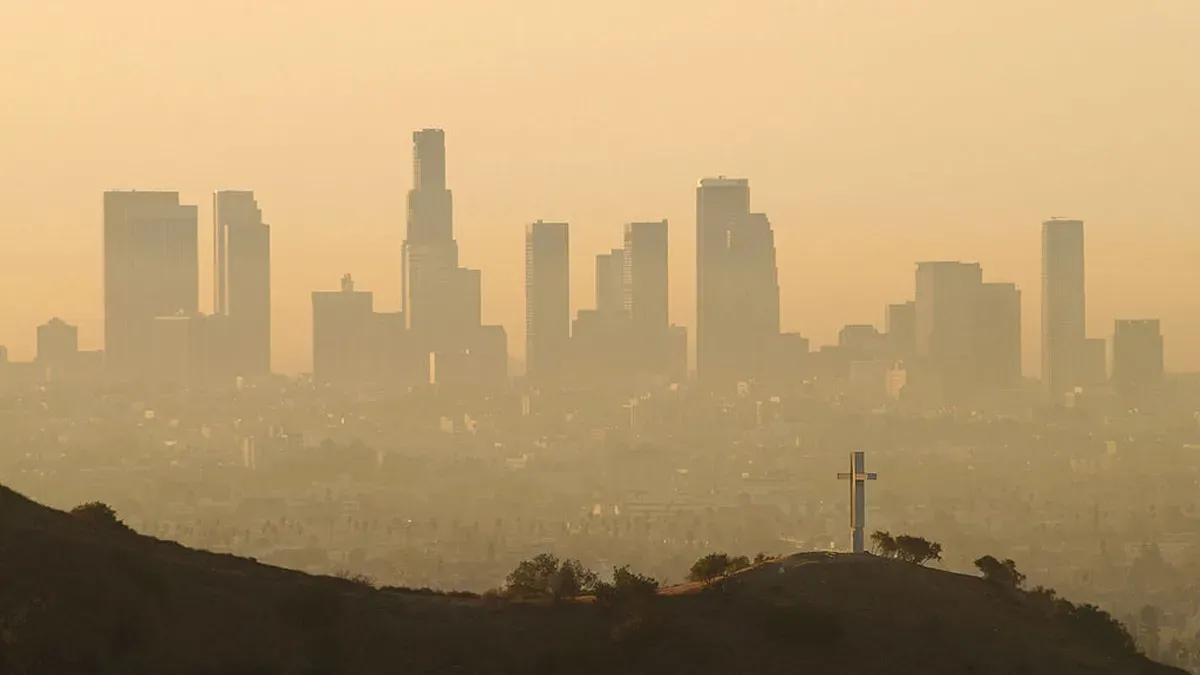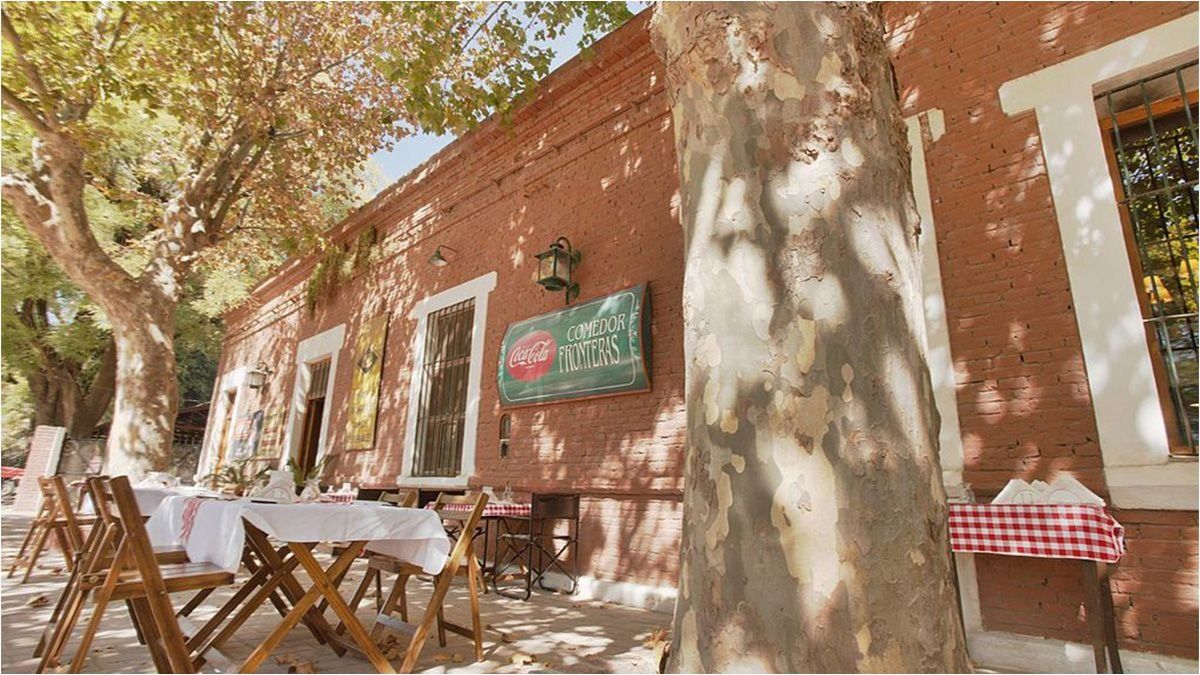“With my eldest son as a student I began to notice very complex situations of reports of abuse between peers, escraches and cancellations, something still quite new at that time,” the director tells Télam, who concluded that these situations deserved to be registered.
“It seemed to me that the institution had several elements that made it very interesting: its history, its building, its aura, its elitism”, enumerates Hartmann, who clarifies that “although I knew that the gender issue was going to be present, I never I figured it was going to be in such a central way.”
Télam: What was the initial interest in making a film about the Colegio Nacional Buenos Aires?
Alejandro Hartmann: I am a graduate of Buenos Aires, but I never had a nostalgic relationship with him. However, when looking for a secondary school for my children, it became an interesting option. With my eldest son as a student at the school, I began to notice very complex situations of reports of abuse between peers, escraches and cancellations, something still quite new at that time that generated a very distressing situation in the educational community and especially between mothers and fathers. That added to the endless shots of the year 2017, convinced me that something very interesting was happening, on a social level, that deserved to be recorded. Of course, all this in a very particular and quite little known field, such as the CNBA.
T: At first the axis was to show an institution like the Nacional Buenos Aires and then the story was transformed from the power of the feminist movement within the College?
AH: Based on what I just said, I would say that it was a bit the other way around. My experience as the father of a boy in a context that became complicated was the trigger and then, obviously, it seemed to me that the institution had several ingredients that made it very interesting: its history, its building, its aura, its elitism, etc. But while I knew that the gender issue was going to be present, I never imagined that it was going to be so central. But I certainly had an eye on it from the beginning and that allowed me to focus quickly when it definitely became a central theme.
T: There is the paradox that the school is considered one of the most progressive in the country and, at the same time, paradoxically it is quite conservative. What is your point of view considering that you are a graduate, but you also made a documentary about the institution?
AH: The dialectic is central to an institution like the CNBA. The tension between different ideas and ways of seeing the world is always present and is part of its tradition, perhaps since the time of the Jesuits. Playing politics is part of his DNA. I think the idea is to teach and learn to have a progressive view of reality from a very pragmatic point of view, that is, knowing first hand how immobile institutions can be. It is contradictory, but I think it is part of a kind of unwritten curriculum, but that everyone seems to share.
T: Belonging, pride and traditions collide with a new era where abuses, the handling of the power of the day, the internal politics of the school and machismo are questioned. What were the central ideas of the staging so that all the complexity of the internal life of the school is seen in the film?
AH: It’s a film that focuses on the circular, the cyclical, something that in some sense is typical of the educational system. Each year is similar to the previous one, but one grows, learns new things and although everything seems the same, something changes. This year, to that is added the claim of a part of the student body, the women, that they be given a place in the power game from which they have been historically excluded. They are becoming aware of their place and demand what they consider fair.
And although at times this claim may seem exaggerated, such as not letting men speak, surely this is necessary to accelerate changes. In the end, when a new cycle begins with a new year, a new management and a new director, the changes may not have been as big as expected, but something is sure to change. While the active forces are tense and fight, the immovable, that stone building, those busts that look from above, are perpetuated, like those ideas of tradition and belonging. The green scarf on the bust of Amadeo Jaques, the historic rector, may be tied around his neck for a few months, but sooner or later it will go away. Still, something will have changed.
T: Do you think that the film can be read in some way as a metaphor for the country?
AH: I wish! I fervently believe that our way of being, our identity, is built from thousands of small micro worlds in which our deepest disputes are settled. This is one more and just as this feeds our way of being, it is at the same time a reflection. The tension between progress and tradition is something that always exists and these spaces are no strangers to it. El Nacional is a kind of school for politicians and even if it is on a micro scale, its students are preparing to eventually contribute to the great national debates, so it is very likely then that some of the “most Argentine” things will be there. , pervading everything.
By Hugo F. Sánchez.-
Source: Ambito
David William is a talented author who has made a name for himself in the world of writing. He is a professional author who writes on a wide range of topics, from general interest to opinion news. David is currently working as a writer at 24 hours worlds where he brings his unique perspective and in-depth research to his articles, making them both informative and engaging.




